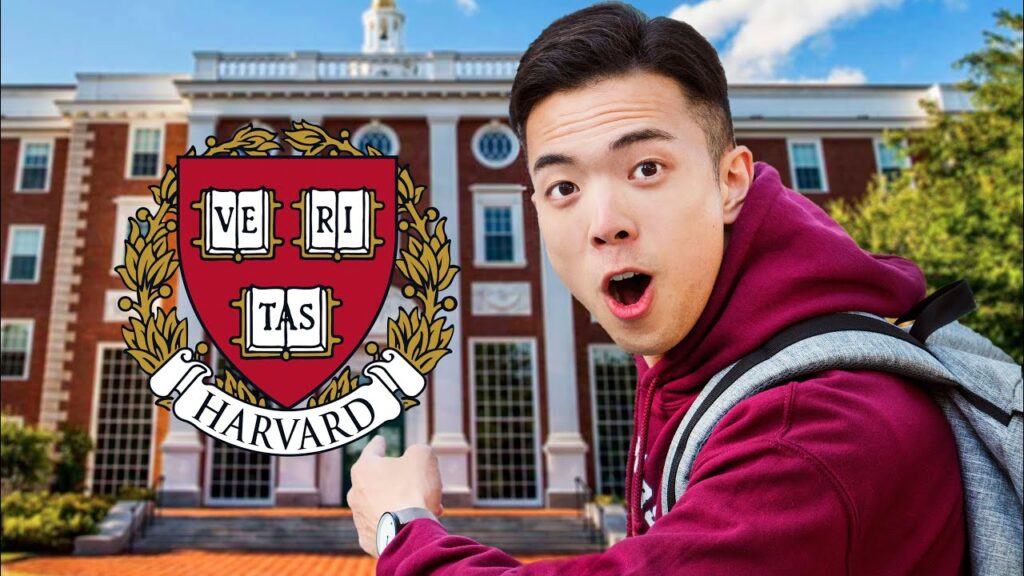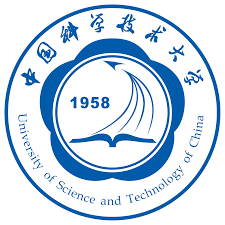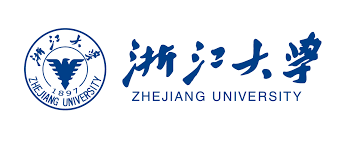
Introduction
Harvard University, founded in 1636, is the oldest institution of higher education in the United States. Located in Cambridge, Massachusetts, it is renowned for its rigorous academic programs, influential faculty, and a global network of alumni. This blog post provides an in-depth look at Harvard University, its history, campus, academic offerings, student life, and global impact.
History of Harvard University
Founding and Early Years
Harvard University was established by the Massachusetts legislature and named after its first benefactor, John Harvard. The university began as a college to train clergy, and its early curriculum was heavily influenced by Puritan philosophy.
Evolution Through the Centuries
Over the centuries, Harvard transformed from a small college into a large university with numerous schools and departments. Significant milestones include the establishment of the Harvard Medical School in 1782 and the Harvard Law School in 1817.
Key Milestones and Historical Events
- 1636: Harvard College founded.
- 1780: Harvard becomes a university.
- 1869: Charles W. Eliot becomes president, initiating major reforms.
- 1936: Harvard celebrates its 300th anniversary.
Campus and Facilities
Description of the Main Campus
Harvard’s main campus is located along the Charles River in Cambridge, spanning over 209 acres. The campus features a mix of historic and modern architecture.
Notable Buildings and Landmarks
- Harvard Yard: The historic center of the campus.
- Widener Library: Home to one of the largest library collections in the world.
- Harvard Square: A bustling area with shops, restaurants, and cultural venues.
Libraries and Research Facilities
Harvard boasts an extensive library system with over 70 libraries. Key facilities include:
- Widener Library
- Lamont Library
- Harvard Law School Library
Campus Life and Student Amenities
Harvard offers state-of-the-art facilities for students, including fitness centers, theaters, and dining halls. The campus is designed to support a vibrant student community.
Academic Programs
Undergraduate Programs
Harvard College offers undergraduate degrees in over 50 fields of study. Popular majors include Economics, Computer Science, and Government.
Graduate and Professional Schools
Harvard’s graduate programs are highly regarded, with schools such as:
- Harvard Business School
- Harvard Medical School
- Harvard Law School
Research Opportunities
Students have access to cutting-edge research facilities and can participate in projects across various disciplines.
Notable Faculty and Alumni
Harvard’s faculty includes numerous Nobel laureates, Pulitzer Prize winners, and influential scholars. Notable alumni include:
- Barack Obama: 44th President of the United States.
- Mark Zuckerberg: Co-founder of Facebook.
Admissions Process
Application Requirements
Harvard’s admissions process is highly competitive. Applicants must submit standardized test scores, transcripts, essays, and letters of recommendation.
Tips for Prospective Students
- Showcase Unique Talents: Highlight your unique skills and experiences.
- Strong Academic Record: Maintain excellent grades and test scores.
Financial Aid and Scholarships
Harvard offers need-based financial aid to ensure that all admitted students can afford to attend. Scholarships and grants are available for eligible students.
Student Life
Extracurricular Activities
Harvard students can participate in a wide range of extracurricular activities, including student government, clubs, and performing arts.
Housing and Dining
On-campus housing is provided for all undergraduates. Dining options include diverse cuisines and accommodate various dietary needs.
Student Organizations
Harvard has over 400 student organizations, catering to interests such as academics, culture, and recreation.
Sports and Athletics
The Harvard Crimson competes in NCAA Division I sports. Popular sports include rowing, football, and basketball.
Harvard’s Global Impact
Contributions to Research and Innovation
Harvard has made significant contributions to various fields, including medicine, technology, and social sciences.
Global Partnerships and Collaborations
Harvard collaborates with institutions worldwide, fostering international research and academic exchange.
Alumni Network and Its Influence
Harvard’s alumni network spans the globe, with graduates holding influential positions in government, business, and academia.
Conclusion
Harvard University remains a beacon of academic excellence and innovation. Its rich history, world-class facilities, diverse academic programs, and vibrant student life make it a top choice for students worldwide. As Harvard continues to evolve, it will undoubtedly maintain its position as a leader in higher education.
Internal Links
- For more information on Harvard’s admissions process, visit our Admissions Guide.
- Explore our detailed article on Harvard’s Campus and Facilities.
- Learn about notable Harvard Alumni and their achievements.
Outline
- Introduction
- Brief overview of Harvard University
- Importance of Harvard in higher education
- History of Harvard University
- Founding and early years
- Evolution through the centuries
- Key milestones and historical events
- Campus and Facilities
- Description of the main campus
- Notable buildings and landmarks
- Libraries and research facilities
- Campus life and student amenities
- Academic Programs
- Undergraduate programs
- Graduate and professional schools
- Research opportunities
- Notable faculty and alumni
- Admissions Process
- Application requirements
- Tips for prospective students
- Financial aid and scholarships
- Student Life
- Extracurricular activities
- Housing and dining
- Student organizations
- Sports and athletics
- Harvard’s Global Impact
- Contributions to research and innovation
- Global partnerships and collaborations
- Alumni network and its influence
- Conclusion
- Summary of Harvard’s significance
- Future outlook for the university






